“The one God, to whom worship is due, is in the middle.”
C.G. Jung, Black Book 5
“I knew how frightfully inadequate this undertaking was, but despite much work and many distractions I remained true to it, even if another possibility never …” wrote Jung in the Epilogue to The Red Book. These final words will remain forever unfinished and so will Liber Novus. Great Renaissance artists such as Donatello or Michelangelo often left their works “non finito” for an array of reasons, partly due to external annoyances but, perhaps more significantly, stemming from their refusal to deliver an imperfect work. Pieta, an example of sublime perfection, was the only sculpture that bears Michelangelo’s signature. He chiseled, “MICHEL ANGELUS BONAROTUS FLORENT FACIEBAT.” Faciebat being an imperfect aspect of the past tense, which could be rendered as “was doing” in English as opposed to “did” or “has done.”
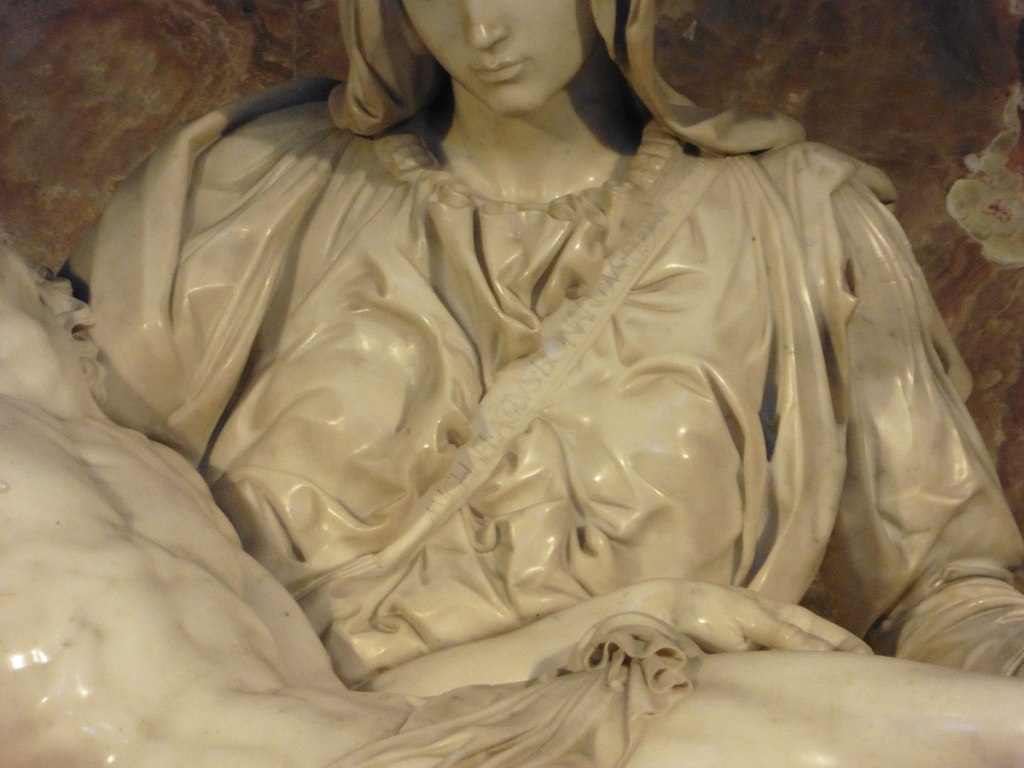
Kafka’s The Castle similarly ends in mid-sentence, and like The Red Book, was published posthumously presumably against the author’s wishes. One could argue that such great creative endeavors have an existence independent of their authors: they simply will push up through the soil towards the light, no matter the resistance.
Appendix A to The Red Book contains a mandala called Systema munditotius (The system of all worlds), drawn by Jung in 1916. Jung published it anonymously in 1955, having removed some of the astrological glyphs, which appeared in the first sketch (see both below).

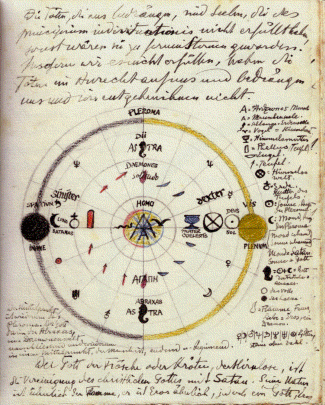
Jung believed the diagram to be directly connected to the teachings of Philemon expressed in The Seven Sermons to the Dead. He thus commented on it:
“It portrays the antinomies of the microcosm within the macrocosmic world and its antinomies. At the very top, the figure of the young boy in the winged egg, called Erikapaios or Phanes and thus reminiscent as a spiritual figure of the Orphic Gods. His dark antithesis in the depths is here designated as Abraxas. He represents the dominus mundi, the lord of the physical world, and is a world-creator of an ambivalent nature. Sprouting from him we see the tree of life, labeled vita (“life”) while its upper counterpart is a light-tree in the form of a seven-branched candelabra labeled ignis (“fire”) and Eros (“love”). Its light points to the spiritual world of the divine child. Art and science also belong to this spiritual realm, the first represented as a winged serpent and the second as a winged mouse (as hole-digging activity!). — The candelabra is based on the principle of the spiritual number three (twice-three flames with one large flame in the middle), while the lower world of Abraxas is characterized by five, the number of natural man (the twice-five rays of his star). The accompanying animals of the natural world are a devilish monster and a larva. This signifies death and rebirth. A further division of the mandala is horizontal. To the left we see a circle indicating the body or the blood, and from it rears the serpent, which winds itself around the phallus, as the generative principle. The serpent is dark and light, signifying the dark realm of the earth, the moon, and the void (therefore called Satanus). The light realm of rich fulness lies to the right, where from the bright circle frigus sive amor dei [cold, or the love of God] the dove of the Holy Ghost takes wing, and wisdom (Sophia) pours from a double beaker to left and right. — This feminine sphere is that of heaven. — The large sphere characterized by zigzag lines or rays represents an inner sun; within this sphere the macrocosm is repeated, but with the upper and lower regions reversed as in a mirror. These repetitions should be conceived of as endless in number, growing even smaller until the innermost core, the actual microcosm, is reached.”
Jung painted the mandala before he wrote Scrutinies, the third part of The Red Book. He said its meaning was unknown to him at the time. Liz Greene writes that the Systema can be viewed as “a cosmological map,” which shows “the place of the human microcosm within the greater macrocosm.” (1) Abraxas is the ruler of the lower, bodily realm of incarnation while Phanes presides over the upper heavenly or spiritual realm.
Liz Greene offers a detailed analysis of the diagram. She draws our attention to the lion-headed serpent, who is visible in both hemispheres of the painting. This is Chnoumis, often featured in ancient magical amulets, like the one below.

This deity symbolically reunited the spiritual realm with the corporeal realm. The crowned lion’s head stands for the solar spiritual principle while the serpent refers to the manifested world. Similarly, the Eros principle “indicated the capacity of Eros to bridge spiritual and instinctual realms.” (2) The intermediaries between the spiritual and earthly realms are the daimons. All of these are crucial elements of Jung’s cosmology depicted in the Systema.
The left hemisphere of the mandala is connected with darkness while the right hemisphere is that of light. Symbolically, the left side was always the “sinister” one (Latin word “sinister” means simply “left”). In the Last Judgement the wicked where sent to the left, i.e. to Hell. In Christian and Rabbinical thought, the left side was dark, female and unconscious.(3) In his diagram Jung placed the Black Moon on the left together with the Full Moon as a symbol of opulent mother earth. On the right he placed the Celestial Mother and the Sun God. This is totally in agreement with the cosmology delineated in the Seven Sermons. The divine feminine has both dark and light aspects – she partakes both of the earth and of the heavens. It is also important to note, says Greene, that “there can be darkness in Phanes’ domain, as there can be light in the domain of Abraxas.” For Jung, light and darkness partake in equal measure of upper (spiritual) and lower (bodily) realms.
Appendix B contains commentaries written by Jung on chapters 9, 10 and 11 of Liber Primus. As Shamdasani points out in his introduction to The Red Book, “this manuscript indicates the amount of work he put into understanding each and every detail of his fantasies.” Jung writes about Salome, who represents the principle of Eros and her father Elijah, whom he connects with Logos. The fact that Salome is blind means for Jung that Logos has subjugated Eros. Salome asks Jung for help: his task is to free the erotic and the feminine and give her vision. We may argue that The Red Book is the voice of Eros – the unconscious feminine soul – speaking through Jung.
Another interesting interpretative passage refers to the scene in which Salome declares herself as the mother of the “I” speaking in The Red Book. Jung muses:
“There is a child in each of us; in the elderly, it is even the only thing still alive. One can have recourse to the childlike anytime, on account of its inexhaustible freshness and adherence. Everything, even the most ominous, can be rendered harmless through retranslation into the childlike.”
Not only did he introduce the terms extroversion and introversion, it is also Jung who is believed first to have used the term “inner child” in psychology. On the one hand, it symbolizes the youthful, animating force of creativity, its formative and positive function supporting growth and opposing stagnation. The child emerges from the unconscious to bring a change into the conscious life. Yet sometimes Jung uses the term inner child negatively to denote the clinging herd instinct, lack of individuality and fear of solitude. Rejecting collective norms requires growing up and giving up childlike attitudes. As Jung remarks here, “Eros demonstrates to the I the impossibility of being a child.”
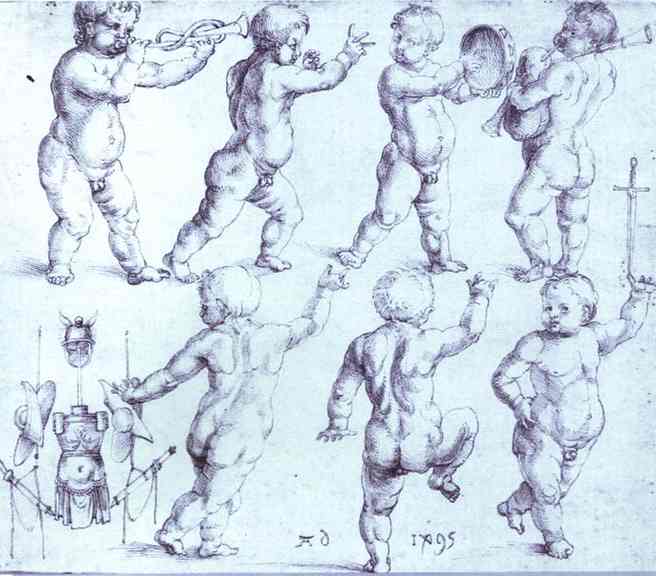
Because the whole of The Red Book may be regarded as a manifesto of seeking the middle path between the extremes of the opposites, Jung yet again treats us to one of his typical paradoxical statements:
“Essentially, the good needs to be regarded as an inherently no-less-dangerous principle than evil.”
One-sidedness is never desirable in the Jungian world.
Finally, Appendix C to The Red Book contains a passage from Black Book 5 devoted to the cosmology of the Seven Sermons. Here Jung appears to be speaking directly to the reader as the voice of the Soul:
“I, your soul, am your mother, who tenderly and frightfully surrounds you, your nourisher and corrupter; I prepare good things and poison for you. I am your intercessor with Abraxas. I teach you the arts that protect you from Abraxas. I stand between you and Abraxas the all-encompassing. I am your body, your shadow, your effectiveness in this world, your manifestation in the world of the Gods, your effulgence, your breath, your odor, your magical force. You should call me if you want to live with men, but the one God if you want to rise above the human world to the divine and eternal solitude of the star.”
The soul speaking through Jung admonishes us not to fear or escape from Abraxas, for the pain and disappointment of incarnation are inevitable. The star god, the one true god of the middle way, who is independent of Abraxas, can only be reached by going through earthly suffering connected with the terrible Abraxas so that the human “ransom” is repaid. Only few of us reach the state of “absolute individuality,” through which the endless Pleroma (the collective unconscious) becomes concentrated into a shining star – “the point that contains the greatest tension” and is “immeasurably small.” Such an individual can be compared to a small sun that can emit fire. Jung concludes:
“You yourself are a creator of worlds and a created being.”
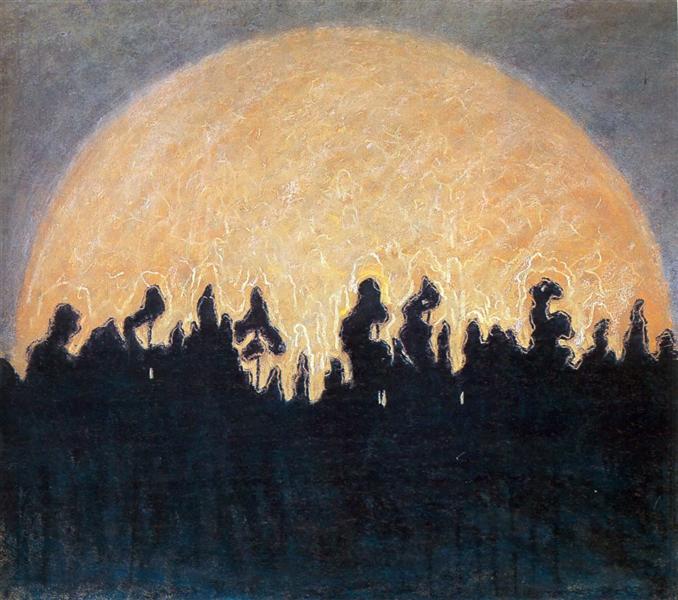

Support my blog
This is my 500th post on symbolreader and the final post dedicated to The Red Book. If you appreciate my writing, please consider donating.
$1.00
Notes:
(1) Liz Greene, The Astrological World of Jung’s Liber Novus: Daimons, Gods and the Planetary Journey
(2) Ibid.
(3) The Penguin Dictionary of Symbols by Jean Chevalier and Alain Gheerbrant

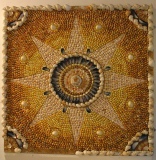




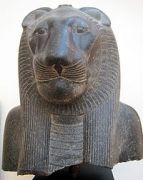




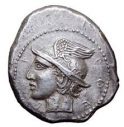
The timing of your post is uncanny. What you just posted I have spent the last 3 or 4 days studying and contemplating. Today I was reading the exact same pages in one of the Black Books and The Art of C.G. Jung you included in this post. There is more about this I would like to share later if possible.
Synchronicity, maybe?
Thank you.
LikeLiked by 1 person
Thank you. That is fascinating to hear. I have experienced that at times I am simply overcome by the need to write about The Red Book. I believe it has a lot to do with the quality of a given moment. So, perhaps there is something in the air, but nonetheless the synchronicity is no less uncanny.
LikeLike
Thank you so much! So many “Ah yes” moments throughout this journey. I feel like I want to go back through it and see if the same things resonate the same way 🤔
LikeLiked by 1 person
Thank you very much – I appreciate it.
LikeLike
Puzzled as to why Phanes and Abraxas are opposites when as sermon 2 says, if the Pleroma were capable of having a being Abraxas would be it’s manifestation. Spirituality and worldly-incarnation are both activities and Abraxas is activity.
Is it because the unreal opposes Abraxas – is Phanes the unreal ? Does the unreal mean spirituality ? And where does Phanes reside – if Abraxas rules the created world and nothing exists within the Pleroma except the Pleroma itself ? If the unreal is the spiritual world, why isn’t Helios/God-the-sun there. I thought God/Helios was spiritual but he falls under Abraxas and the Incarnated or created world. Where do the few people who achieve individuation go – they can’t go to the Pleroma because things and being cease in the Pleroma but they seem to escape reincarnation in the world of Abraxas
LikeLiked by 1 person
Great questions I do not feel competent to answer. I think hard logic does not apply to Jung. His are more Protean categories and he relishes contradiction. Thank you very much for your thoughtful comment and insightful questions.
LikeLike